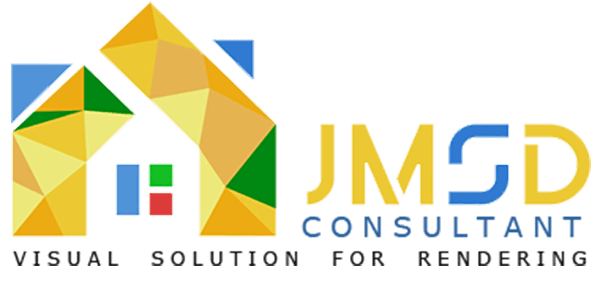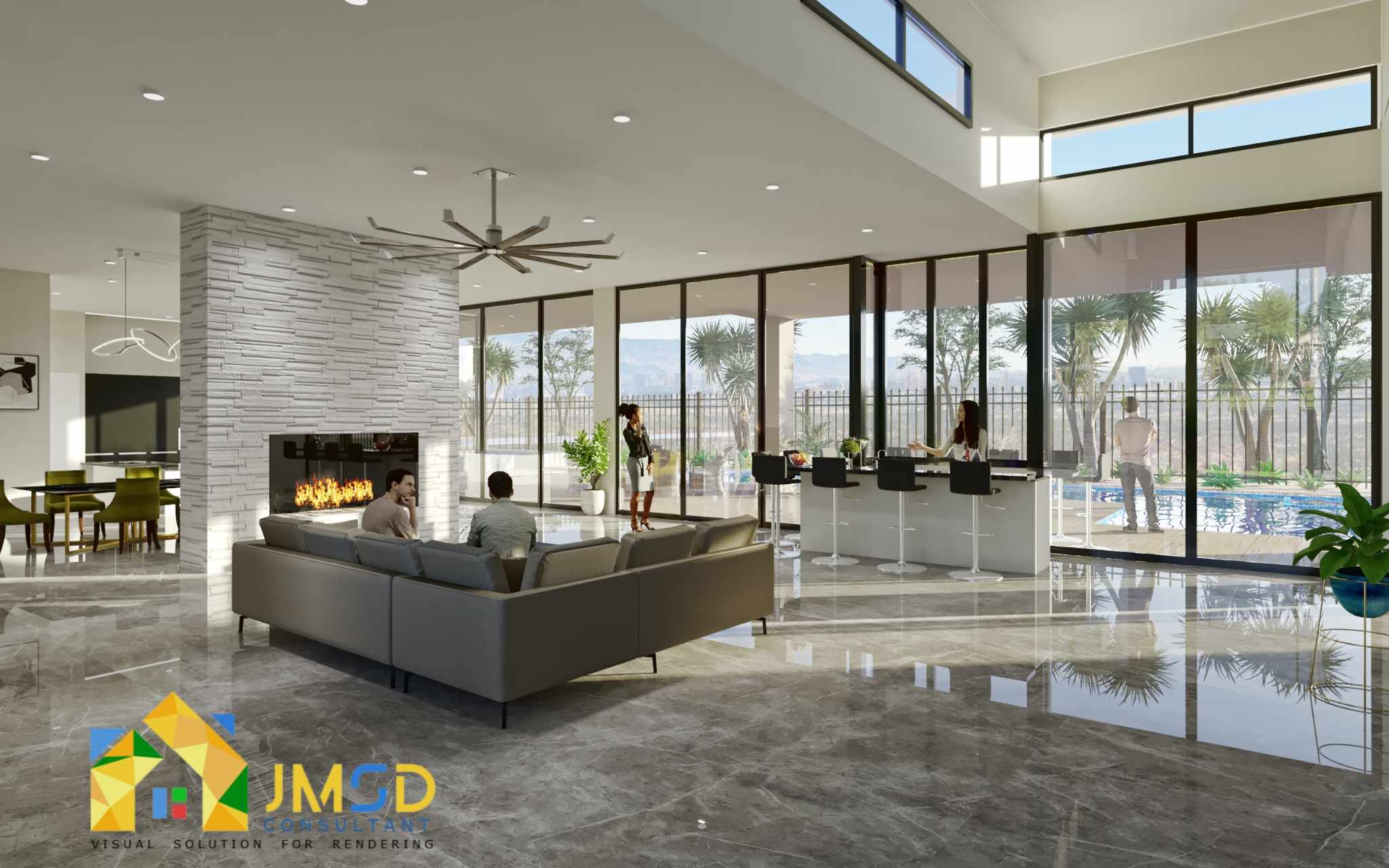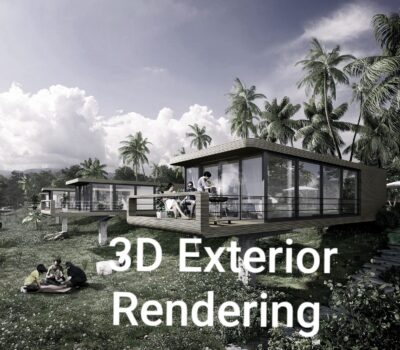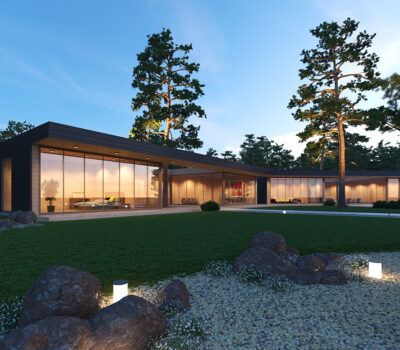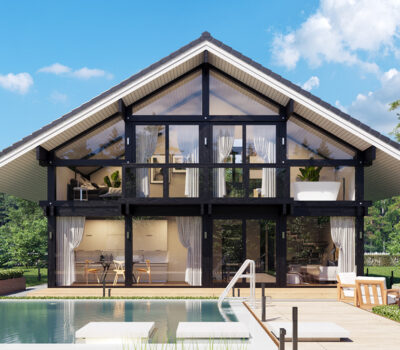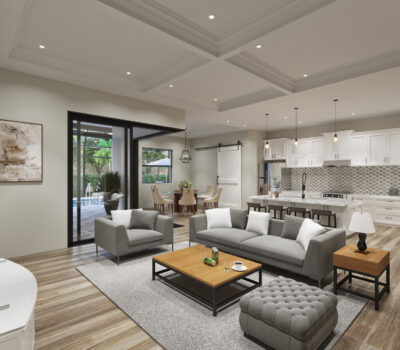In the dynamic world of interior design, the process of transforming creative ideas into tangible and visually appealing spaces is constantly evolving. One of the most powerful tools in the interior designer’s arsenal is 3D rendering services. This technology has revolutionized the industry by offering a lifelike representation of concepts before the actual execution. This article delves into the significant impact of 3D rendering in interior design, explaining its benefits and how it empowers designers to bring their visions to life.
Understanding 3D Rendering in Interior Design
What is 3D Rendering?
3D rendering is a process that converts two-dimensional design concepts into highly realistic three-dimensional images. It enables designers to visualize their ideas with intricate details, from color schemes to textures.
How Does 3D Rendering Work?
This section explains the technical process of 3D rendering, including modeling, texturing, lighting, and the use of software.
Enhancing Client Communication
3D rendering bridges the communication gap between designers and clients. Visual representations are more effective in conveying ideas, ensuring everyone is on the same page.
Streamlining Decision-Making
The ability to see the final result in 3D allows for quicker decision-making and easier modifications, reducing project delays and costs.
The Benefits of 3D Rendering in Interior Design
Realism and Accuracy
Discuss how 3D rendering provides a realistic preview of the final design, ensuring that every detail is captured accurately.
Cost and Time Efficiency
Explain how 3D rendering can save both time and money by reducing the need for physical prototypes and revisions.
Flexibility and Creativity
Detail how 3D rendering offers endless possibilities for experimentation and innovation in design.
Residential 3D Rendering in Interior Design
Explore how 3D rendering is used in creating stunning living spaces, enabling clients to see their dream homes come to life.
Commercial 3D Rendering in Interior Design Spaces
Highlight the application of 3D rendering in designing retail stores, restaurants, and office spaces.
Conclusion
In conclusion, 3D rendering is a transformative technology that has become an indispensable tool in the field of interior design. It enhances communication, fosters creativity, and streamlines the design process, ultimately leading to stunning and efficient interior spaces.
In the ever-evolving world of 3D interior design, 3D rendering has emerged as a game-changer, allowing designers to bring their ideas to life with unprecedented realism and precision. This transformative technology has not only enhanced the creative process but has also improved communication, saved time and costs, and opened up a world of possibilities. As interior design continues to evolve, 3D rendering will play an increasingly vital role in shaping the future of the industry. So, if you’re in the business of creating stunning interior spaces or just curious about the process, 3D rendering is a topic worth exploring.
Contact us here for best 3d rendering solution for your next real estate project.
Frequently Asked Questions
- Is 3D rendering only for large-scale interior design projects? No, 3D rendering can be beneficial for projects of all sizes, from residential to commercial, and even smaller-scale renovations.
- How long does it take to create a 3D rendering of an interior design concept? The time required for 3D rendering varies depending on the complexity of the design, but it typically takes a few days to a couple of weeks.
- Are there any limitations to what 3D rendering can visualize? While 3D rendering is incredibly powerful, it may not capture the tactile experience of a space, such as the feel of materials.
- Can 3D rendering be used for outdoor spaces as well? Yes, 3D rendering is not limited to interior spaces and can be used for designing and visualizing outdoor areas, such as gardens and landscaping.
- How can I find a professional 3D rendering service for my interior design project? You can find experienced 3D rendering professionals through online platforms, design agencies, or by asking for recommendations from other designers and clients.
